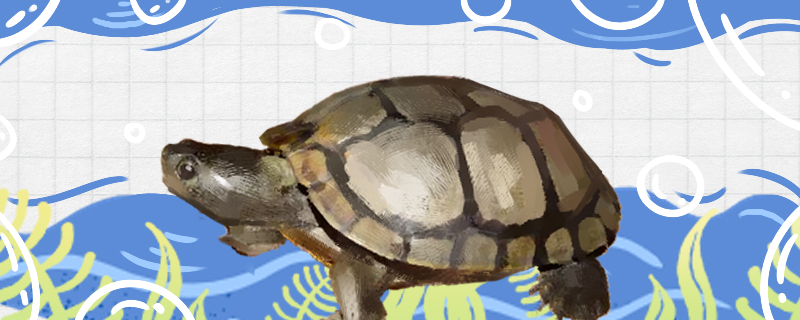
The Cuban painted turtle is a very rare species of turtle, and they can be raised artificially. However, it is still difficult to breed them. First of all, because the adaptability of Cuban color turtles to the environment is not very good, and they are more sensitive to changes in the environment, so when artificial breeding, we need to pay attention to regulating the surrounding environment, which is more difficult to raise. For example, their cold tolerance is relatively poor, and they need to control the water temperature. Moreover, because the artificial breeding of Cuban colored turtles is not particularly common at present, the experience of breeding them can be used for reference is relatively small, which is also one of the reasons why they are difficult to raise.
1. Space: The Cuban painted turtle is an aquatic animal and can live in deep water. They should be raised in a high and spacious container; Because this kind of turtle has better water quality, the water level in the container can be deeper. In the waters can also be placed in a number of aquatic plants, gravel, and so on, but also to place a piece of wood or large pebbles out of the water as a platform for them to bask in the sun and rest.
2. Feeding: Reasonable feeding is a very important issue when raising Cuban painted turtles. Attention should be paid to the types of food and the frequency of feeding. This kind of turtle belongs to omnivorous animals. Their food is mainly meat, such as fish and shrimp, various crabs and mollusks, etc; They will also eat some aquatic plants, seaweed and other plants. When feeding, we should pay attention to the diversification of food and feed a variety of food alternately.
3. Water temperature: Regulating water temperature is a very important link for breeding Cuban painted turtles. Changes in water temperature will affect their growth rate. In addition, the activity of this kind of turtle will also change with changes in environmental temperature. Specifically, the most suitable water temperature is 20-32 degrees. Below 10 degrees into hibernation, 6 degrees or so for deep sleep, winter can let them hibernate naturally.
4. Sunning: Cuban painted turtles prefer sunshine, and their sunning habits are stronger than those of other turtles. They can be properly exposed to the sun every morning and evening, but not too long, let alone directly exposed to the strong light at noon.